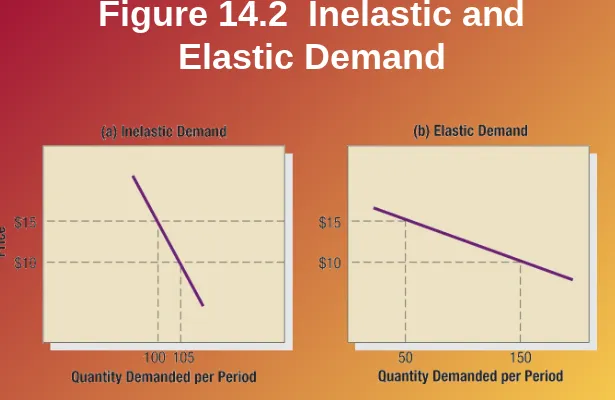Developing Pricing
Strategies and Programs
Chapter Questions
• How do consumers process and evaluate
prices?
• How should a company set prices initially for
products or services?
• How should a company adapt prices to meet
varying circumstances and opportunities?
• When should a company initiate a price
change?
Consumer Psychology
and Pricing
Reference Prices
Price-quality inferences
Price endings
Steps in Setting Price
Select the price objective
Determine demand
Estimate costs
Analyze competitor price mix
Select pricing method
Step 1: Selecting the Pricing Objective
• Survival
• Maximum current
profit
• Maximum market
share
• Maximum market
skimming
Step 2: Determining Demand
Price Sensitivity
Estimating
Demand Curves
Price Elasticity
Step 3: Estimating Costs
Types of Costs
Target Costing
Accumulated
Cost Terms and Production
• Fixed costs
• Variable costs
• Total costs
• Average cost
• Cost at different
levels of
Figure 14.4 Cost per Unit as a
Step 5: Selecting a Pricing Method
• Markup pricing
• Target-return pricing
• Perceived-value
pricing
• Value pricing
Step 6: Selecting the Final Price
• Impact of other
marketing activities
• Company pricing
policies
• Gain-and-risk sharing
pricing
Price-Adaptation Strategies
Geographical Pricing
Discounts/Allowances
Price-Adaptation Strategies
Countertrade
• Barter
• Compensation deal
• Buyback
arrangement
• Offset
Discounts/ Allowances
• Cash discount
Promotional Pricing Tactics
• Loss-leader pricing
• Special-event pricing
• Cash rebates
• Low-interest financing
• Longer payment terms
• Warranties and service
contracts
Differentiated Pricing
• Customer-segment
pricing
• Product-form pricing
• Image pricing
• Channel pricing
• Location pricing
• Time pricing
Increasing Prices
Delayed quotation
pricing
Escalator clauses
Unbundling


